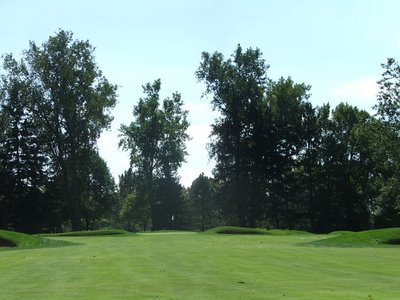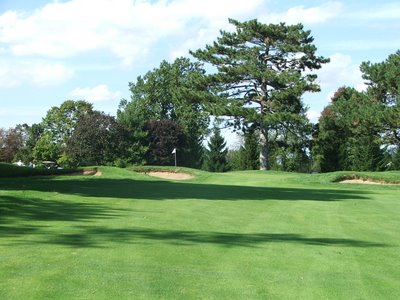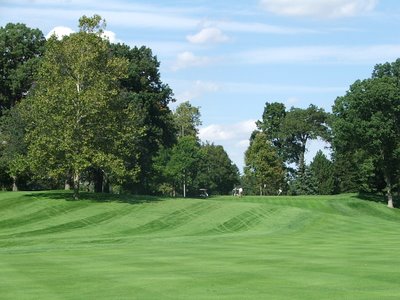
I have just come into possession of the golf club equivalent of Snow White's mirror and it is very revealing regarding the U.S. based courses on the world top 100. The list shows the assets on the balance sheet of the top courses in the U.S. Unfortunately, the mirror only works for clubs in the United States so we can't do a complete world ranking. You can let your breath out now over at the R & A and Honourable Company, your secrets are still safe!
Pine Valley and Cypress Point may be #1 and #2 in the world rankings, but The Olympic Club of San Francisco puts them to shame in the asset department. The Olympic Club boasts $122 million in assets on its balance sheet. It exceeds the next richest club by almost a factor of four, with Congressional Country Club coming in at $31 million. Southern Hills in Oklahoma at #5 with $22 million? Things seem to be going pretty well in the in the oil patch these days!
After some detective work and sleuthing I found this interesting information. Most golf clubs in the U.S. are organized as non-for-profit enterprises. As such, they are required to file information with the US government each year and it is publicly available information if you know where to look. The list above excludes municipally or corporate-owned entities such as Bethpage Black, World Woods, Pinehurst and Pebble Beach. Sand Hills was too new to be included in the list.
Augusta is excluded from the analysis because it was formed as a Georgia corporation from its inception. Since their intent from the beginning was to host the Invitational Tournament as it was called, they (correctly) figured it made more sense. Little did they know it was a good thing too, since Martha Burke and her PC crew would have created a bigger stir if it was a non-profit entity.
The asset values listed also exclude the current market value of the land the courses are on, which in some cases would be in the mid-eight-digit range.
Just like trying to get on the course, some of the clubs did a good job of making it very difficult to obtain the above information (Pine Valley, Seminole, The National Golf Links, Baltusrol, Medinah, Merion, Shoreacres and Inverness). But, like trying to play the course, my persistence paid off and I was able to obtain it after jumping through an additional layer of red tape.
The list is below:
1. Olympic Club $122 million
2. Congressional C.C. $31 million
3. Medinah $29 million
4. Brookline $24 million
5. Southern Hills $22 million
6. Baltimore $22 million
7. Winged Foot $20 million
8. East Lake $20 million
9. Merion $20 million
10. Los Angeles C.C. $18 million
11. Baltusrol $15.5 million
12. Oak Hill $15 million
13. Scioto $13 million
14. Oakmont $11 million
15. Pine Valley $11 million
16. Garden City $10 million
17. Wade Hampton $10 million
18. Inverness $10 million
19. Maidstone $9 million
20. Cypress Point $9 million
21. Prairie Dunes $9 million
22. Seminole $8.8 million
23. Muirfield Village $8 million
24. Fishers Island $7 million
25. Shinnecock $6.8 million
26. The Valley Club of Montecito $6.5 million
27. San Francisco $6 million
28. Peachtree $6 million
29. Quaker Ridge $5 million
30. The Golf Club $5 million
31. Chicago Golf Club $5 million
32. Shoreacres $5 million
33. Camargo Club $4.4 million
34. Somerset Hills $4.3 million
35. Crystal Downs C.C. $3.5 million
36. National Golf Links of America $2 million
When you think about it the list isn't that surprising. Those clubs that are low key and don't host championships generally have a smaller balance sheet. Those at the top of the list are generally larger clubs, host major championships and are in large metropolitan areas. If you ever wondered why courses let the U.S.G.A. or P.G.A. take over for six months and disrupt the club and environs, here's one of your reasons why.
The only club that I could not obtain the information for was Oakland Hills. They have apparently found a way to keep this information away from nosey fools such as myself. And, I still haven't been able to play the course.
To them, I say, touché. Our golf hats off to you. Well done, boys.





